As mentioned in the previous article, flux is a secret of manufacturers and directly affects the quality of the solder joint. In this article, Hatakey Electronics will join you to learn more about the composition of flux in solder paste.
1. Introduction to flux in solder paste
Flux in solder paste is a colloidal chemical compound that is mainly used in combination with welding metal powder in a ratio (50/50 by volume) to form solder paste. After combining, we will get a gray cream mixture.
Flux in solder paste has three main uses including:
Removing oxidation on the surface of the solder pad
Creating an airtight environment to prevent oxidation from occurring during the soldering process
Cải thiện đặc tính làm ướt của chất hàn lỏng giúp thúc đẩy quá trình kết hợp giữa chất hàn, pad hàn, và chân linh kiện
2. Chemical Composition of Soldering Fluxes
Soldering fluxes have a very complex chemical composition. They can include:
Solvents – liquids used as an inert medium to bind the active ingredients, such as water
Rosin/Resin – high temperature, non-volatile chemical, usually in the form of glycol
Surfactants – detergents used to reduce the contact angle of the flux with the applied surface, allowing for greater coverage
Activators – chemicals that break down/dissolve metal oxides, usually acids of varying corrosiveness
Rheology modifiers – any of a number of compounds that allow the fluid to exhibit non-Newtonian properties; i.e., change in viscosity as pressure changes
Soldering fluxes are nearly inert at room temperature but become strongly reducing as temperature increases. This prevents the formation of metal oxides on the solder pads and component leads. It also prevents the formation of solder beads, allowing for even wetting and spreading of the surface.
The flux in solder paste differs from conventional solder paste in both its form and activity level. Solder paste flux typically contains 60-80% by weight of active ingredients, compared to 2-25% for liquid flux.
By weight, mixed solder pastes typically consist of 90% metal. However, the non-metallic components of the flux, due to their lower density, result in them accounting for nearly half of the volume of the paste.
2.1. Solvent composition in solder paste
The solvent is not only a means of storing, preserving, and dissolving the base compound, ensuring that the components in the solder paste do not separate or precipitate. Solvents also help ensure the following important properties:
Help solder paste to be easily printed onto the PCB surface, especially solder paste used in tubes or applications requiring type 5 or larger solder paste.
Combined with the base compound to create a protective film after drying
Minimize tin spatter (due to heterogeneous structure) and ensure wet adhesion while the solder joint is forming.
If the solvent dries too quickly, the protective rosin film will be harder and very difficult to break by the solder. If the solvent dries too slowly, the surface protective film will still contain solvent, the solvent will evaporate during the soldering process and cause tin spatter. Solvent evaporation is a complex process itself, affected by many factors that are difficult to control such as solvent formulation, chemical interactions of components, temperature, vapor pressure, etc. Therefore, solvent mixing and testing are very important.
In addition, solvents also affect the viscosity and stickiness of the solder paste, which in turn affects the uniformity and printability of the solder paste. Common solvents include butyl carbitol, dibutyl carbitol, glycols and polyhydroxy aliphatic,aryl alcohols
2.2. Activators in fluxes
Alkyl and aryl carboxylic acids are widely used as activators in “no-clean” and water-soluble fluxes. Many fluxes include adipic acid, succinic acid and glutaric acid. However, malic acid is currently the most widely used activator in water-soluble fluxes.
2.3. Antioxidants
The most common antioxidants are benzotriazoles, which are effective against copper and copper alloys.
2.4. Thickener and rheology aid
Rheology aid plays the most important role in determining the quality of solder paste. Rheology affects the life of solder paste, the performance of printing solder paste, cold slump (when printing) and hot slump (when soldering). To put it simply, with its structural and rheological characteristics, this aid makes the solder paste behave like a non-Newtonian fluid.
When the solder paste scraper pulls the solder paste into a very thin layer and sticks it to the PCB board, the viscosity of the solder paste on the PCB, the solder paste stuck on the scraper and the remaining solder paste on the frame all change. Especially the solder paste on the PCB and the solder paste stuck on the scraper will change a lot. If the aid is not suitable enough, these solder pastes will quickly lose their uniformity, easily separate, lose their adhesion (or commonly known as drying). The solder paste on the PCB will directly affect the quality of the solder joint, while the solder paste stuck on the knife will seriously affect the ability to work continuously and cause solder paste loss.
2.5. Rosin/Resin
As mentioned in lesson 1, the base compound will combine with the solvent to clean the metal surface on the PCB and create a protective film on the metal surface during the solder joint formation process. Previously, the most popular base compound was rosin. Common types of rosin are gum rosin (solid, obtained from distilling raw rosin), wood rosin (raw rosin) and tall oil rosin (liquid rosin, a by-product of the Kraft cycle, transformed from wood to wood pulp).
Some types of synthetic rosin are also used such as dimerized resin, saponified resin. In general, all types of roisn are acidic, the smallest acid index is tall oil rosin. The classification of flux is often based on the

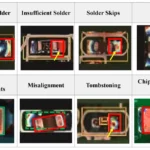


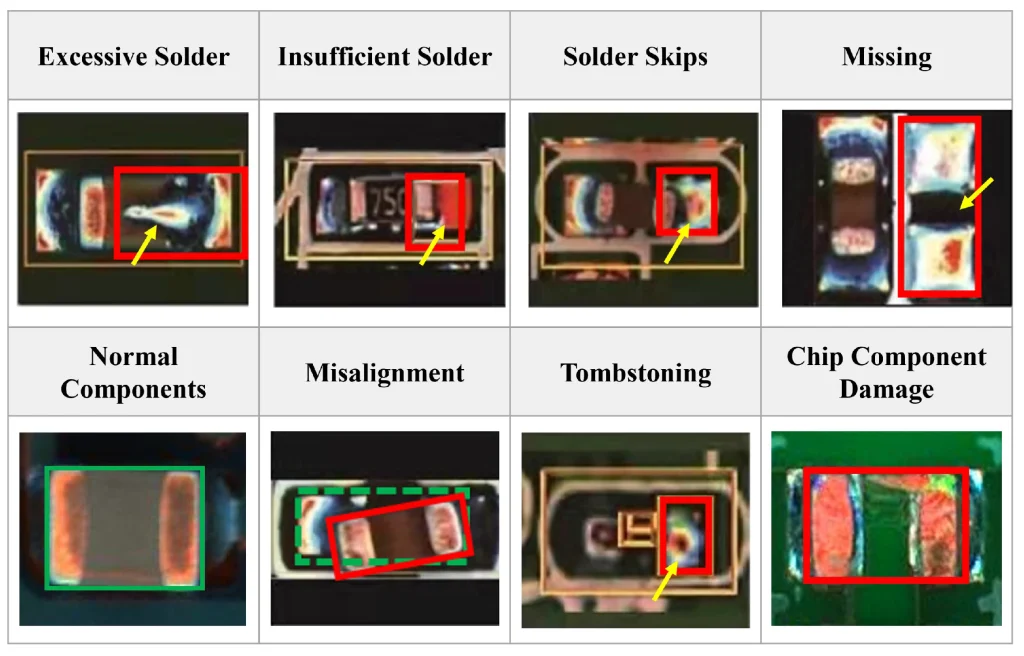

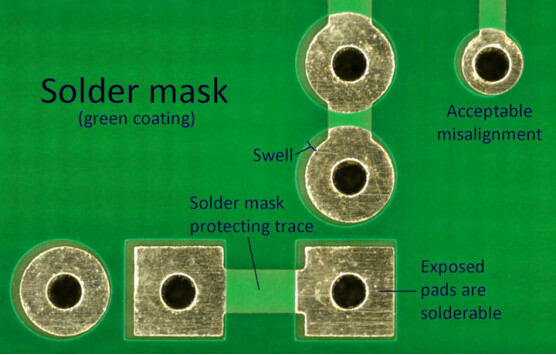
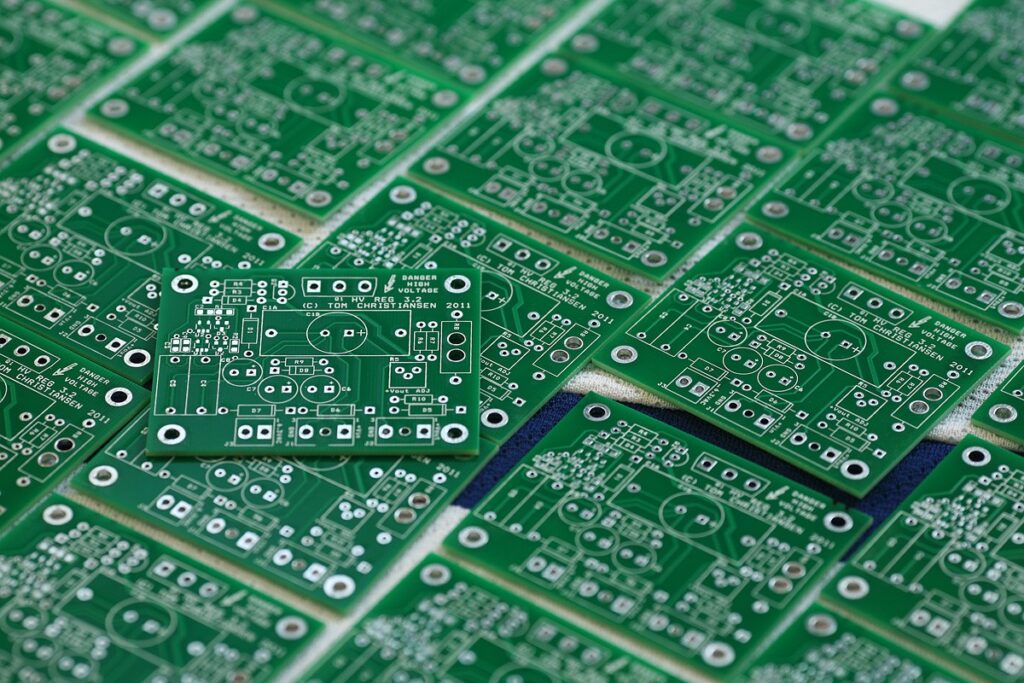
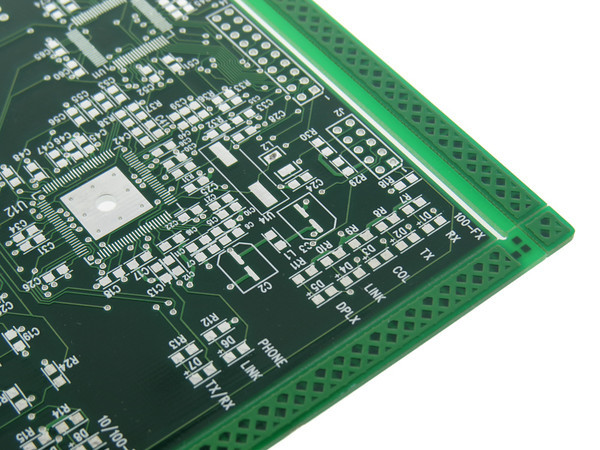
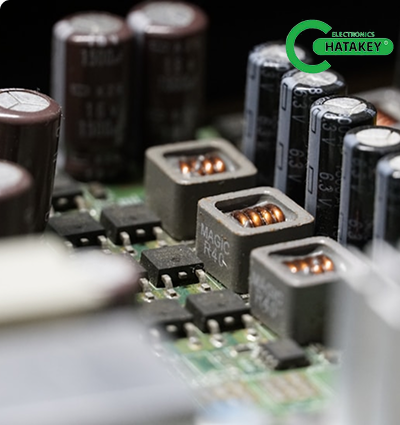

 Tiếng Việt
Tiếng Việt